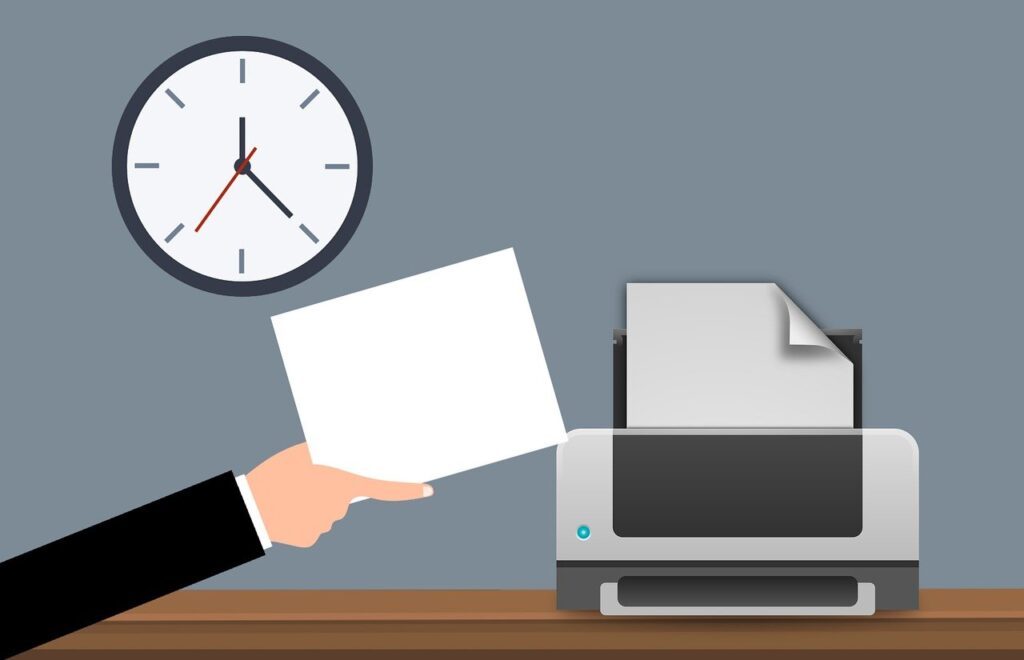
To successfully deliver high-quality products in an incremental and iterative manner, a team must adopt an agile mindset focused on achieving goals. The Scrum framework is one such agile approach where software product components are delivered in short, frequent cycles, with quick feedback loops. Central to the Scrum framework are elements of importance known as artifacts. In this article, we’ll delve into the concept of Scrum artifacts, exploring their creation, maintenance, and the connections between Scrum Teams and each of these significant components.
What are the Scrum Artifacts?

Scurm artifacts are actual representations of a work from the team. It’s a type of object that the team is using and updating daily as well as guiding towards achieving the needed results. A form of information that stakeholders together with the team use for clarifying the requirements of the product, the goal as well an actionable plan to create the product.
The three Scrum artifacts are the product backlog, sprint backlog, and the increment. Each of those Scrum artifacts has a commitment, meaning for every artifact some kind of a goal needs to be achieved. Together with their commitment, the Scrum artifacts exist to share transparency in the team as well as a shared understanding of all the items as part of building a final product.
Product Backlog
This scrum artifact is like the team’s roadmap to product delivery success. It’s the Product Owner’s main gig to create and keep it up to date, but team developers can chip in with new items or updates as long as they get the nod from the Product Owner.
When it comes to the product backlog, there are some ground rules. First, it’s gotta be transparent, meaning everyone on the team can see what’s on it. Keep it simple – one product, one backlog. No separate lists for the same product. If multiple teams are in on the action, they share the backlog and the Product Owner. Also, it’s gotta be flexible, evolving as the team and stakeholders learn more about the product. And, to make sure the most important stuff gets done first, the Product Owner arranges the items. The team decides how to tackle them in each sprint.
Now, let’s talk commitment. The product backlog’s got its own, called the Product Goal. This is like the team’s big-picture target, describing what the product should look like down the road. The team aims for this goal sprint after sprint. Once it’s hit or if things change, a new Product Goal can be set. Keep it simple, and clear, and make sure everyone on the team gets it.
Sprint Backlog
This Scrum artifact is a dynamic list of tasks handpicked by the Scrum team’s developers from the product backlog to tackle during a single sprint. The developers own this list and are responsible for keeping tabs on the progress of these tasks, adjusting the artifact as necessary. The sprint backlog should be an open book, accessible to the entire team. During daily scrum meetings, developers can add, remove, or modify items as they gain more insights into the selected tasks.
The Sprint Backlog encompasses three key aspects:
- Why are we taking on these tasks for the sprint, and why is it crucial? This aspect essentially defines the second commitment of the Sprint Backlog, known as the Sprint Goal. It outlines the team’s specific aim for the sprint, and the team must work diligently to accomplish that objective. While items can be adjusted in the middle of the sprint, the Sprint Goal remains intact. Changing the Sprint Goal midway through the sprint is a strict no-go; it would lead to the team falling short of its full potential, creating chaos, and leaving stakeholders dissatisfied. It is created by the scrum team at the Sprint Planning event, regularly updated in the Daily Scrum event, and reviewed at the end of the Sprint Review event.
- Which items from the product backlog will be addressed in the upcoming sprint? As previously explained, the product backlog is a prioritized list of items. Developers utilize various metrics like past performance, team velocity and capacity, and the definition of “done” for each item to determine which ones they’ll work on in the next sprint.
- How will the developers approach and complete these items while adhering to the definition of “done” and achieving the sprint goal? This aspect is essentially a conversation among the developers, and it can vary from one team to another. It involves discussing the specific strategies and approaches for accomplishing the tasks while meeting the criteria for “done” and ensuring they contribute to the Sprint Goal.
Increment
The last piece of the Scrum puzzle, known as an increment, is a potentially shippable product that the Scrum team delivers at the conclusion of each sprint. This increment serves primarily as a gauge of working software and quality. Frequent deliveries to stakeholders foster rapid feedback loops, heightened satisfaction, and a boost in confidence regarding the product’s ultimate completion.
As soon as an item from the Sprint Backlog aligns with the Definition of Done, it transforms into an Increment. This doesn’t necessarily mean it must be released immediately, but it can be if circumstances permit. The entire team shares responsibility for delivering value at the end of every sprint.
The Definition of Done acts as a commitment for the Increment, essentially telling the developers, “If you can make this item meet the criteria I’ve set, then I’ll consider it done.” It lays out the specific requirements an item must meet for it to be deemed complete. These criteria can encompass various aspects, such as:
- The code is checked into the repository.
- Ensuring that unit tests are passing with flying colors.
- Verifying the success of integration and system tests.
- Completing all necessary documentation.
At the close of each sprint, the increment is showcased to stakeholders, offering a chance to discuss what’s been achieved and devise an actionable plan for future product enhancements.











